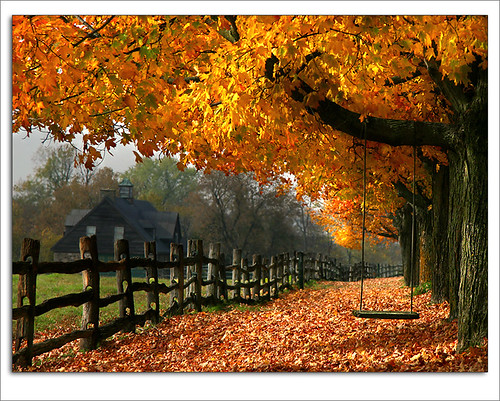Reconnecting with Nature Through Green Architecture
Posted by Big Gav in ask nature, biophilia, green buildings, psychology
Word of the week is "biophilia", from this interview in Yale Environment 360 - Reconnecting with Nature Through Green Architecture.
Stephen R. Kellert, a social ecologist, has spent much of his career thinking and writing about biophilia, the innate human affinity for nature. His most recent book (with co-editors Judith H. Heerwagen and Martin L. Mador) is Biophilic Design: The Theory, Science, and Practice of Bringing Buildings to Life. It’s an exploration of how we cut ourselves off from nature in the way we design the buildings and neighborhoods where we live and work. And it’s an argument for re-connecting these spaces to the natural world, with plenty of windows, daylight, fresh air, plants and green spaces, natural materials, and decorative motifs from the natural world.
Kellert and his co-authors believe that people learn better, work more comfortably, and recuperate more successfully in buildings that echo the environment in which the human species evolved. The new volume brings together the evidence, which is strongest in health care. In one study, for instance, spinal surgery patients in rooms with bright sunlight needed 22 percent less pain medication than patients in darker recovery rooms. But firm evidence of improvements in workplace productivity, absenteeism, employee retention and other bottom-line criteria is still too patchy for most companies to make the commitment to rethinking design.
Kellert himself recently put his biophilic ideas to the test at the Yale School of Forestry & Environmental Studies, where he’s the Tweedy/Ordway Professor of Social Ecology. As one of the driving thinkers in the design of the school’s new headquarters, opened early this year, he pushed successfully for use of wood surfaces from the school’s own forests, green courtyards, and many other biophilic features. Kellert has also served as an advisor to such prominent green building projects as Bank of America’s new office tower in midtown Manhattan, Goldman Sachs’ Jersey City campus, and the new Sidwell Friends Middle School campus in Washington, D.C.
After 30 years in academia, Kellert recently cut back on his teaching to join Environmental Capital Partners, a newly formed private equity firm, investing in companies offering green products and services. But, in an interview with Yale Environment 360, he admits that persuading his partners to invest in biophilic design is just a dream, for now.
Yale Environment 360:
So let’s start with the status quo, can you talk about one building that really epitomizes what we’re doing wrong, that cuts people off from nature instead of connecting them to it?
Steven Kellert:
One simple statistic is that the majority of people who work in office buildings in the United States work in a windowless environment. And look at the way we decorate or don’t decorate hospital rooms, for example. A good many of them are windowless, especially the older kinds. They’re barren. There’s not much attempt to incorporate any kind of organic — even simulated organic — characteristics. There’s a great recent study by Roger Ulrich. There are identical emergency room rooms. One is this windowless, barren environment, with nothing on the wall, and the barest, meanest of furnishings. And it’s a room that is characterized by hostility, anxiety, and even acting-out behavior. And then they transform the room — it’s the same room, still windowless, but they put décor in there that had natural materials, it had patterns on the couches that mimicked natural forms; they had pictures on the wall. I have a picture of the two side by side — and you only have to see it to recognize in yourself which place would you rather be, and the empirical data was dramatic. Less hostility, less aggression, less acting-out behavior, and this is not just amenity value, it’s actual performance and productivity.
The same thing occurs in the workplace. Why do people experience flagging morale and fatigue and higher absenteeism in these windowless environments? Why are they far far more likely to try to incorporate some kind of — usually fairly pathetic — but to incorporate some kind of expression of organic quality — they’ll have a Sierra Club calendar, they’ll have a potted plant, much more likely than say somebody working in a perimeter in a windowed environment. The problem is that that’s really superficial, there’s not really an experiential engagement, and so after a while even though you’ve got a beautiful Sierra Club calendar you barely see it anymore, it’s like your screensaver, which saves you for a little while and then it’s just background Muzak, or whatever. ...






